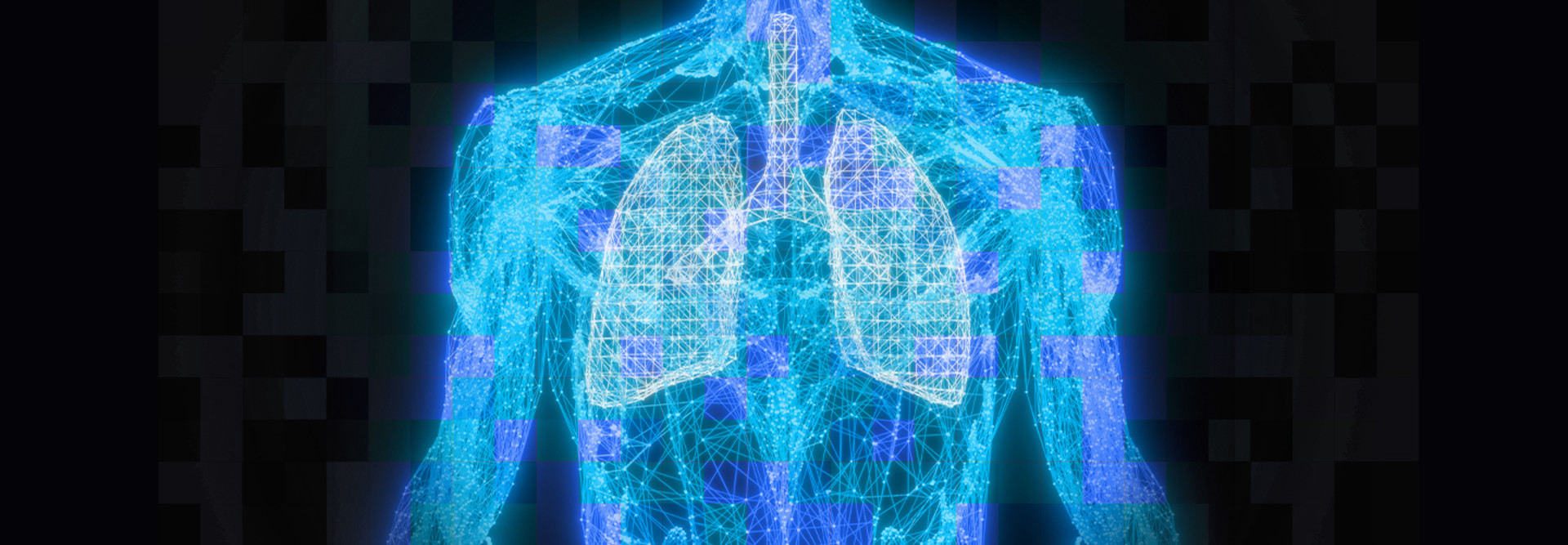For some diseases, a quick diagnosis is critical. Federal scientists are working to improve patient care with another tool for medical professionals’ kits: artificial intelligence.
Most work is still in the research phase, but experts are optimistic that AI and machine learning will soon be able to widely support doctors — especially pathologists and radiologists. The technological tools won’t replace human healthcare workers, though.
“It’s not taking anybody out of the loop,” says Dr. Andrew Borkowski, chief of the Molecular Diagnostics Laboratory at the James A. Haley Veterans’ Hospital in Tampa, Fla. “It’s more like a physician/AI team.”
Borkowski has been developing AI to find evidence of lung and colon cancer in pathology images. The system can identify lung cancer with 95 percent accuracy. He’s also experimenting with prostate cancer detection. “That’s a very important cancer for men and veterans; 1 in 6 men will get it,” he says.
Once AI is applied to diagnostic imaging, however, human-driven AI workflows will provide checks and balances, with radiologists continuing to have the final say on the radiology report, says Dr. Les Folio, lead radiologist for computed tomography in the Radiology and Imaging Sciences department at the National Institutes of Health’s Clinical Center.
Much of cancer imaging involves measuring metastatic tumors and diseased tissue, very basic work that is a natural fit for AI. In a recent study, Folio found that CT exams preprocessed by college and medical students with 20 hours of training can assist computer-aided detection tools to improve tumor identification for patients in clinical trials, with earlier detection of issues that need follow-up, improving patient care.
Doctors Battle COVID-19 with AI Technology
NIH recently launched the Medical Imaging and Data Resource Center to focus AI research on X-rays and CT scans of COVID-19 patients’ lungs.
“Images play a very big role in managing the disease,” says Dr. Kris Kandarpa, director of research sciences and strategic directions at the National Institute of Biomedical Imaging and Bioengineering.
The multi-institutional effort is training AI to identify and quantify the telltale “ground glass” haze on more than 900 COVID-19 lung images from around the world. The Food and Drug Administration must approve its use before it can be used clinically.
The Defense Health Agency and the Defense Department’s Joint Artificial Intelligence Center are also working on tools to recognize diseases in medical images. The key is large, curated sets of digitized pathology slides to train new detection models.
“When combined with state-of-the-art augmented reality microscopes, we will be able to identify and flag suspected cancer cells,” says Capt. Hassan Tetteh, a surgeon, AI strategist and health mission chief at the JAIC.
Future work includes a lung cancer screening application and a model to triage intracranial hemorrhages in head CT scans, says Tetteh.
READ MORE: What are the key differences between artificial intelligence and machine learning?











